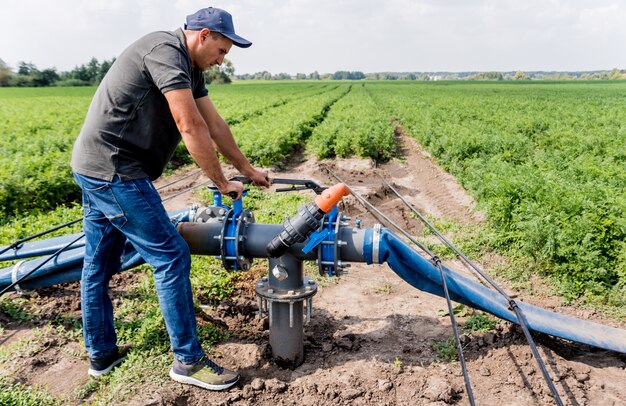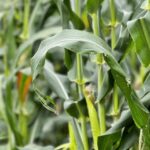Efficient water management is a cornerstone of successful farming, especially in water-scarce regions like parts of South Africa. Farm pumps play a crucial role in ensuring that crops receive adequate water while minimizing wastage. However, improper use of farm pumps can lead to inefficiencies, equipment damage, and higher operational costs. This guide will help you understand how to properly use farm pumps to manage water flow effectively.
1. Choose the Right Pump for Your Needs
Different farm operations require different types of pumps. Common options include:
- Centrifugal Pumps: Ideal for irrigation and moving large volumes of water.
- Submersible Pumps: Suitable for drawing water from wells or boreholes.
- Diaphragm Pumps: Best for spraying fertilizers or pesticides.
Select a pump based on the water source, flow rate requirements, and the type of irrigation system (drip, sprinkler, or flood irrigation).
2. Install the Pump Correctly
Proper installation ensures that the pump operates efficiently and lasts longer. Follow these steps:
- Place the pump on a stable and level surface to avoid vibrations.
- Ensure all connections are airtight to prevent suction loss.
- Use filters to prevent debris from entering the pump and damaging the impeller or other components.
For submersible pumps, ensure they are fully submerged to prevent overheating.
3. Understand Pump Capacity and Limitations
Overloading a pump by forcing it to handle more water than its capacity can cause wear and tear. Check the manufacturer’s specifications for flow rate, pressure limits, and power requirements. Use the pump within these limits to avoid costly repairs and inefficiencies.
4. Maintain Proper Suction and Discharge Pipes
The size and length of the suction and discharge pipes affect pump performance. Use pipes that match the pump’s inlet and outlet size to prevent pressure loss. Avoid long suction lines or sharp bends, as these reduce efficiency and increase energy consumption.
5. Prime the Pump Before Use
Most pumps need to be primed before starting to remove air pockets and create proper suction. To prime a pump:
- Fill the pump casing with water.
- Open the discharge valve slightly.
- Start the pump and allow it to push out trapped air.
Priming ensures smooth operation and prevents dry running, which can damage internal components.
6. Monitor Water Flow and Pressure
Use flow meters and pressure gauges to monitor water distribution. Inconsistent flow or pressure drops may indicate blockages, leaks, or pump malfunctions. Regular monitoring ensures that crops receive the right amount of water and reduces wastage.
7. Perform Regular Maintenance
Farm pumps require routine maintenance to operate efficiently. Key tasks include:
- Cleaning filters and strainers to prevent clogs.
- Checking for leaks in pipes and fittings.
- Lubricating moving parts to reduce friction.
- Inspecting seals and gaskets for wear and replacing them as needed.
Schedule annual professional servicing to address issues beyond basic maintenance.
8. Use Energy-Efficient Practices
To reduce energy costs, operate pumps during off-peak electricity hours where possible. Consider investing in solar-powered pumps for sustainable water management, especially in sunny regions. Using variable frequency drives (VFDs) allows you to adjust pump speed based on water demand, further enhancing efficiency.
9. Prevent Overwatering or Underwatering
Improper water distribution can harm crops and waste resources. Use moisture sensors or smart irrigation systems to automate water flow and ensure optimal soil moisture levels. This not only conserves water but also boosts crop health and yield.
10. Train Farm Workers on Pump Operation
Ensure all workers are trained on proper pump operation and basic troubleshooting. A well-informed team can quickly address minor issues, preventing downtime and avoiding equipment damage.
Farm pumps are indispensable tools for water management, but their effectiveness depends on proper use and maintenance. By selecting the right pump, installing it correctly, monitoring its performance, and adopting energy-efficient practices, farmers can optimize water flow and ensure sustainable farming operations. Implement these practices to protect your investment, save water, and improve overall farm productivity.
Join 'Farmers Mag' WhatsApp Channel
Get the latest Farming news and tips delivered straight to your WhatsApp
CLICK HERE TO JOIN






